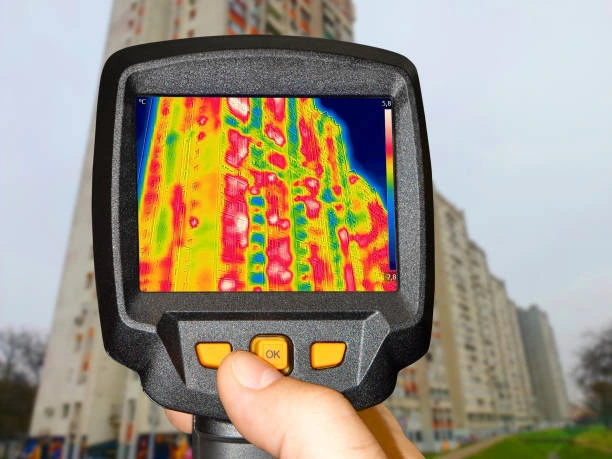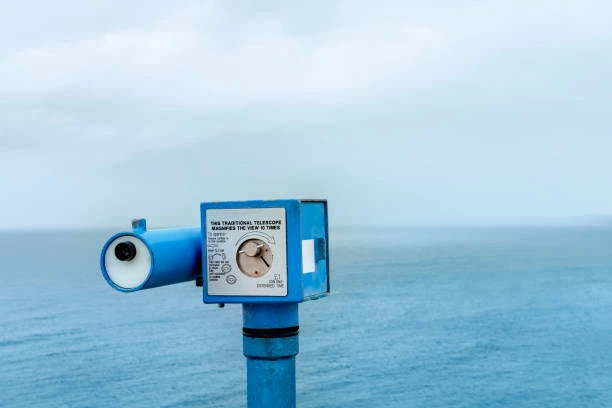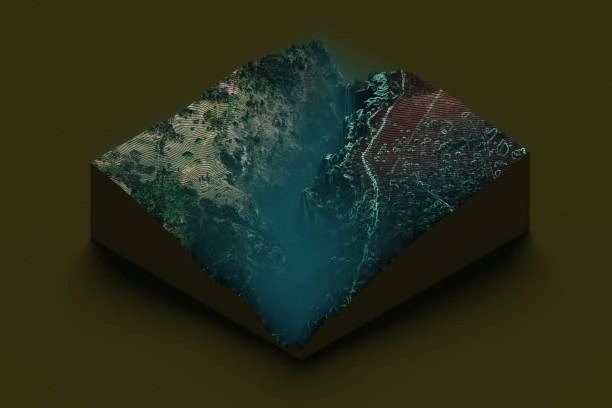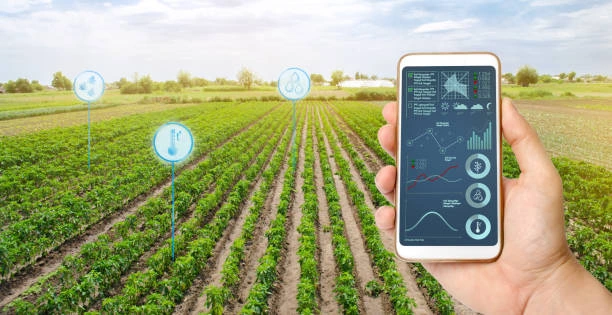Course Overview
This course is designed to provide participants with a comprehensive understanding of how remote sensing technologies are utilized in monitoring and analyzing climate change. The course covers the principles of remote sensing, data acquisition, processing, and interpretation, focusing on applications relevant to climate change. Participants will learn how to utilize satellite imagery, aerial photography, and other remote sensing tools to assess environmental changes, track greenhouse gas emissions, monitor deforestation, and evaluate the impacts of climate change on various ecosystems.
Course Duration
5 Days
Who Should Attend
- Environmental scientists and researchers
- Climate change analysts and policymakers
- Remote sensing specialists
- GIS professionals
- Conservationists and natural resource managers
- Graduate students in environmental science, geography, or related fields
Course Objectives
By the end of this course, participants will be able to:
- Understand the fundamental principles of remote sensing and its relevance to climate change monitoring.
- Analyze and interpret remote sensing data for climate change indicators such as temperature variations, land cover changes, and sea-level rise.
- Apply remote sensing techniques to monitor deforestation, desertification, and other environmental changes linked to climate change.
- Utilize various remote sensing tools and software to process and analyze satellite imagery and other geospatial data.
- Develop and present remote sensing-based reports and visualizations that support climate change mitigation and adaptation strategies.
Course Outline:
Module 1: Introduction to Remote Sensing and Climate Change
- Overview of remote sensing technologies
- The role of remote sensing in climate change monitoring
- Key climate change indicators and remote sensing applications
Module 2: Remote Sensing Data Acquisition and Processing
- Types of remote sensing data: optical, thermal, radar, etc.
- Data sources: satellite platforms, sensors, and datasets
- Preprocessing techniques: radiometric and geometric corrections
Module 3: Analyzing Land Cover and Land Use Changes
- Monitoring deforestation, desertification, and urbanization
- Land cover classification and change detection
- Case studies on land use changes and their impact on climate
Module 4: Remote Sensing of Atmospheric and Oceanic Changes
- Monitoring greenhouse gas emissions and temperature variations
- Sea-level rise and coastal zone changes
- Remote sensing applications in tracking extreme weather events
Module 5: Advanced Remote Sensing Techniques and Tools
- Introduction to remote sensing software (e.g., ENVI, ERDAS Imagine)
- Using GIS for climate change analysis
- Developing remote sensing-based reports and visualizations for decision-making
Customized Training
This training can be tailored to your institution needs and delivered at a location of your choice upon request.
Requirements
Participants need to be proficient in English.
Training Fee
The fee covers tuition, training materials, refreshments, lunch, and study visits. Participants are responsible for their own travel, visa, insurance, and personal expenses.
Certification
A certificate from Ideal Sense & Workplace Solutions is awarded upon successful completion.
Accommodation
Accommodation can be arranged upon request. Contact via email for reservations.
Payment
Payment should be made before the training starts, with proof of payment sent to outreach@idealsense.org.
For further inquiries, please contact us on details below:






